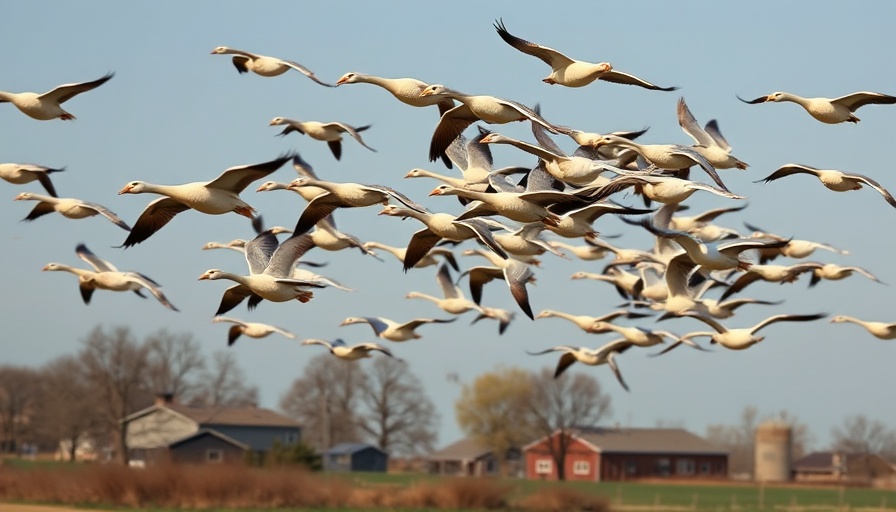
Mobile Wolf Barriers Show Promising Results for Farmers
A recent trial in Drenthe has demonstrated the effectiveness of mobile wolf deterrent fences for farmers. Between October 2024 and May 2025, these barriers were installed on the properties of 11 livestock owners, achieving significant success with only one reported wolf attack. This minimal incidence may underscore the barriers' potential to mitigate conflicts between livestock farmers and increasing wolf populations in the Netherlands.
Understanding the Technical Aspects of Mobile Wolf Barriers
The trial included the placement of 114 mobile fences, and the results were largely influenced by the proper installation and maintenance of these units. For instance, the lone wolf attack that did occur was traceable to insufficient voltage resulting from a weak battery, indicating that the electric deterrent's efficacy heavily relies on proper functioning.
Moreover, the effectiveness of these barriers is closely tied to the positioning of the electric wire, which must be no more than 20 centimeters above the ground. This height prevents wolves from slipping underneath and ensures a strong electric charge can deter intruders. Grass under the barriers also needs to be kept well-trimmed to maintain the electrical barrier’s functionality.
Importance of Knowledge Sharing Among Farmers
Drentse deputy Egbert van Dijk highlighted the invaluable insights gained through this practical trial. He noted that understanding the intricacies of mobile fence placement and upkeep is crucial for helping farmers protect their sheep and other livestock from wolf predation. The province is exploring further trials, including testing alternative fencing methods and automating the communication about installation and maintenance of these barriers.
Future Implications for Livestock Owners and Wolf Management
This successful trial not only paves the way for future adjustments to predator management strategies but also offers a framework for collaborative solutions between farmers and wildlife management authorities. By sharing knowledge and best practices, both parties can work towards minimizing livestock losses while respecting wildlife conservation goals.
The Broader Context: Wolves and Livestock Farming in the Netherlands
As wolf populations grow in the Netherlands, agriculture faces the dual challenge of livestock protection and wildlife conservation. Farmers are often caught in the crosshairs of ecological balance and economic viability; thus, the introduction of effective measures like mobile wolf barriers could serve as vital tools in achieving this balance.
Practical Insights for Farmers: Implementation Steps
Farmers interested in using mobile wolf fences should assess their specific situation and carefully consider the following steps for effective implementation:
- Evaluate Location: Identify high-risk areas where wolf encounters are more likely and place barriers accordingly.
- Regular Maintenance: Conduct routine checks on the electric systems and maintain low grass around the barriers.
- Community Collaboration: Partner with neighboring farmers for shared insights and resources.
In conclusion, the trial of mobile wolf deterrent fences in Drenthe represents a significant stride towards practical solutions for livestock protection. Collaborative efforts, continued research, and proactive livestock management will be imperative as farmers navigate the challenges posed by returning wolf populations. This innovative approach could reshape the interaction between agriculture and wildlife in the Netherlands, offering a sustainable pathway ahead.
 Rij toevoegen
Rij toevoegen






Write A Comment